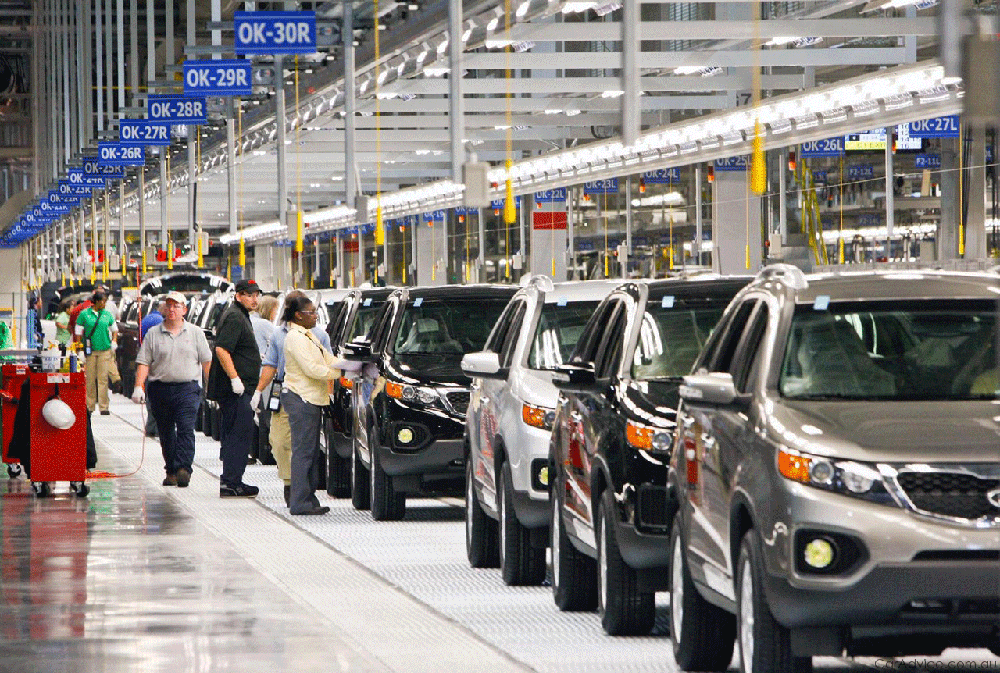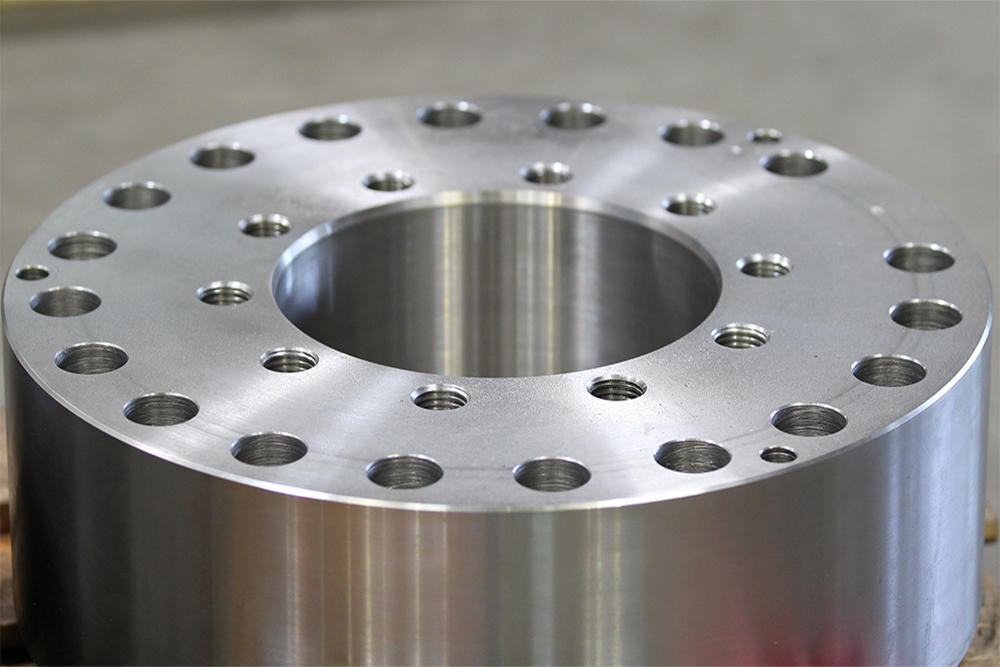Mass customisation & ERP: How manufacturers can offer their customers exactly what they want (and still turn a profit)

“You can have any colour you want – so long as it is black” said the famous pioneer and industrialist Henry Ford as millions of Model Ts rolled out from the assembly lines of his pioneering mass manufacturing automotive plant. Ford’s Model T is generally recognised as the first affordable car. It was extremely successful commercially because it provided affordable transportation on a massive scale without the need for creating variety and complexity issues for Henry Ford – ultimately making him millions of dollars and the Model T one of the best-selling cars of all times.
However, try making a 21st century consumer and car enthusiast accept limited options or a single colour ‘choice’ for their new vehicle. The manufacturer would most likely be out of business within a few short months!
Today’s customer truly is king as we are bombarded with endless choices and the market is awash with competing products. Fantastic for the consumer but maybe not so much for manufacturers.
So how can we offer our customers so much choice?
Whilst fiercely competing for market share and sales, companies are pushed to the edge of continuous innovation in order to improve their products and offer palatable prices whilst trying to make a modest profit. In this ‘dog eat dog’ environment with increasingly demanding customer expectations, manufacturing companies need to constantly review new operational methods and techniques to make their products better, faster and cheaper as well as deliver what the customer wants when the customer wants.
To meet these increasing demands for customised products, manufacturers have successfully adopted and implemented the principles of “mass customisation” over the last few decades. Defined by Investopedia as “the process of delivering wide-market goods and services that are modified to satisfy a specific customer need, mass customisation is a manufacturing (and marketing) system that combines the flexibility and personalisation of custom made products with the low unit costs associated with mass production. These mass customisation products may also be referred to as made to order or built to order.”
Successful combination of the concepts of mass production and customisation, should, in theory, bring together what a company can supply and what a customer wants.
However, this strategy isn’t an easy option. The mass customisation approach creates multiple challenges and constraints as planners need to consider factors such as complexity, capacity, process capability, availability, skills, etc. around each of the choices available to the customer and variables in each engineering option such as bill of materials, purchased material, supplier prices, lead time, etc. in accordance with the customer’s delivery date and supply chain processes linked to the manufacturing processes.
Mass customisation is everywhere today
Let’s look at some simple examples. Imagine you need to order a custom-made front door for your house. Now, consider the variables and different options available to you. First, let’s select the material – wood or metal?. If wood, there will be multiple options, ie pine, oak, walnut, Likewise for metal, with aluminium or steel options Or maybe you’d prefer a composite door, i.e external wood panels with a metal section running through them. The selection process will go on and on – with options for colour, hinges, glass, etc.
How about choosing your next car? The car manufacturer will most probably offer you so many options that will make you feel like a child in a sweet shop. Just walk into a car garage and see how you feel – shiny wheels, smell of new upholstery, etc.! However, in the background, some clever engineers have already done their homework and prepared pre-defined options to make their tasks easier after the order.
There are many things to choose from including engine size, fuel type, paint, trim, upholstery, exterior add-ons, wheels, etc. You may personally like to order a navigation system or a sun-roof. Electric mirrors and sunroof might be the next items on your list. Even the stitching pattern on your leather seats could be offered as a customisable option.
So how best can mass customisation be managed by a manufacturer?
In order to manage these interlinked processes and all these multifaceted variables, a flexible and robust ERP system is required. Many of our customers already use E-Max ERP in this type of manufacturing environment as our software manages all end to end business processes from enquiry to invoice as well as enabling the customer’s preferred options for product customisation.
As the customer (be it an individual consumer or company) orders their end product, our product configurator, a specialist software application that is linked to our ERP system, records the customer’s specific requirements.
E-Max ERP or other quality ERP software can then process the order, working out the requirements in terms of all the items required to build the product in accordance with the customised order. Some items will exist in stock and some will not, so any purchase orders required will be raised just-in-time in the ERP system.
When the purchased items arrive, these will be issued so that build cycle can start. Time and attendance and completion of jobs, tasks, etc. will all be processed until the customised product is ready for delivery to the customer.
The aim of mass customisation is to provide customers with greater satisfaction from their product whilst keeping costs lower for both the manufacturer and the customer. Using a comprehensive ERP system like E-Max ERP that automates the hard work can help achieve both customer satisfaction and, as importantly, a profit!
To find out more about E-Max ERP and our product configurator, take a look at our website or contact us on 0808 109 2035 or drop us an email. You can also book a free demo with us if you’d like to see it in action.


